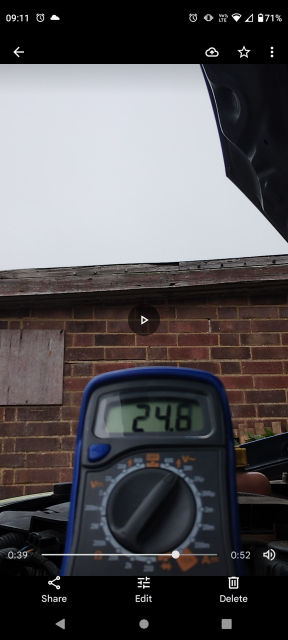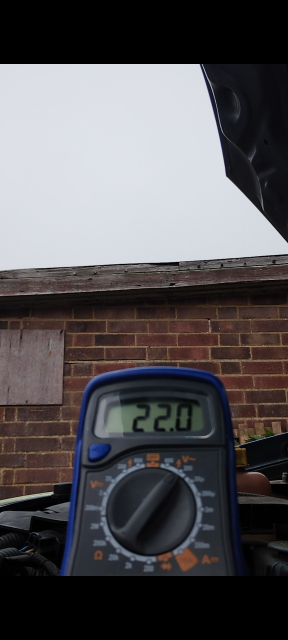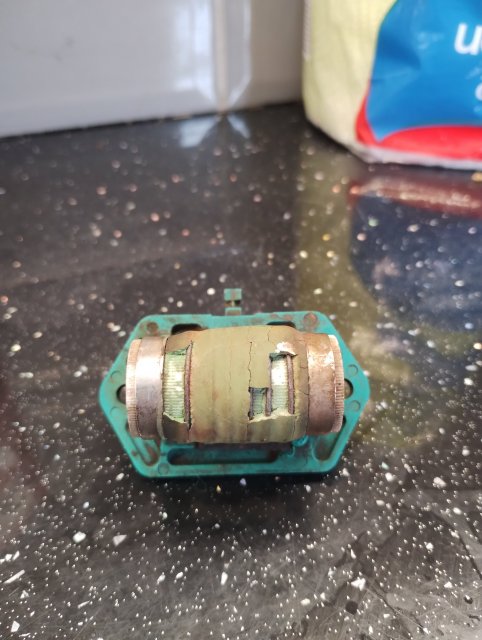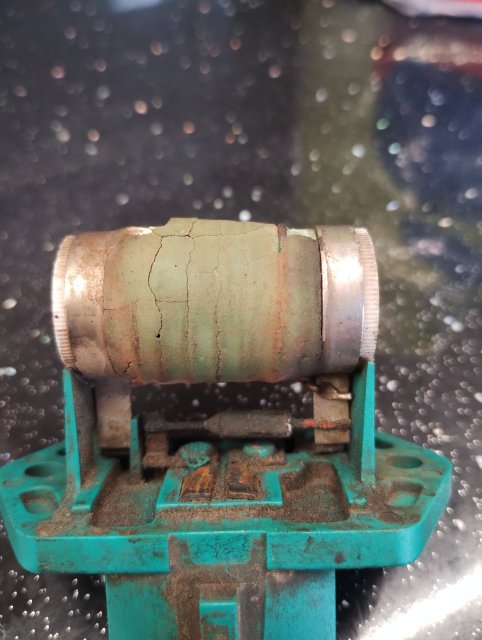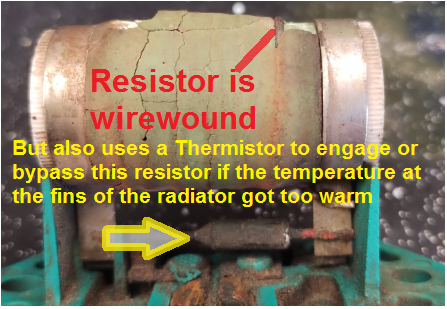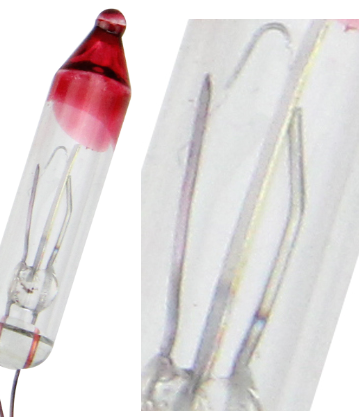- Messages
- 4
- Likes
- 1
- City
- Bedford
- State
- Non-US
- Country
- United Kingdom
- What I Drive
- Ford Fiesta: ST150
Hello all, thanks for taking the time to read this post.
Whilst sitting in traffic the other day, the temperature gauge raised above where it usually sits. Within the normal brackets still but on the limit.
I pulled over, popped the bonnet to check if anything looked amiss. The coolant was bubbling like kettle. My instant thought was why hasn't the radiator fan engaged even when the temperature gauge is showing hot. Stuck the A/C on thinking the fan would engage almost immediately but still nothing. No sign of life from the fan.
Got home, and started testing thing. Stuck a new Relay in it I had laying around still no luck. Tested the 40amp fuse behind the relay box and that had continuity so that's not blown. Then I removed the radiator fan resistor and it looked a bit worse for wear to be honest. Took the shroud out from the radiator and ran 12v through it via some crocodile clips to see if the fan was at fault here. The fan ran fine no problems.
Could the fan resistor be responsible for the fan not working at all?
Anymore information needed please let me know. Would like to get this sorted asap, can't risk it having a 2nd die on me.
Whilst sitting in traffic the other day, the temperature gauge raised above where it usually sits. Within the normal brackets still but on the limit.
I pulled over, popped the bonnet to check if anything looked amiss. The coolant was bubbling like kettle. My instant thought was why hasn't the radiator fan engaged even when the temperature gauge is showing hot. Stuck the A/C on thinking the fan would engage almost immediately but still nothing. No sign of life from the fan.
Got home, and started testing thing. Stuck a new Relay in it I had laying around still no luck. Tested the 40amp fuse behind the relay box and that had continuity so that's not blown. Then I removed the radiator fan resistor and it looked a bit worse for wear to be honest. Took the shroud out from the radiator and ran 12v through it via some crocodile clips to see if the fan was at fault here. The fan ran fine no problems.
Could the fan resistor be responsible for the fan not working at all?
Anymore information needed please let me know. Would like to get this sorted asap, can't risk it having a 2nd die on me.

